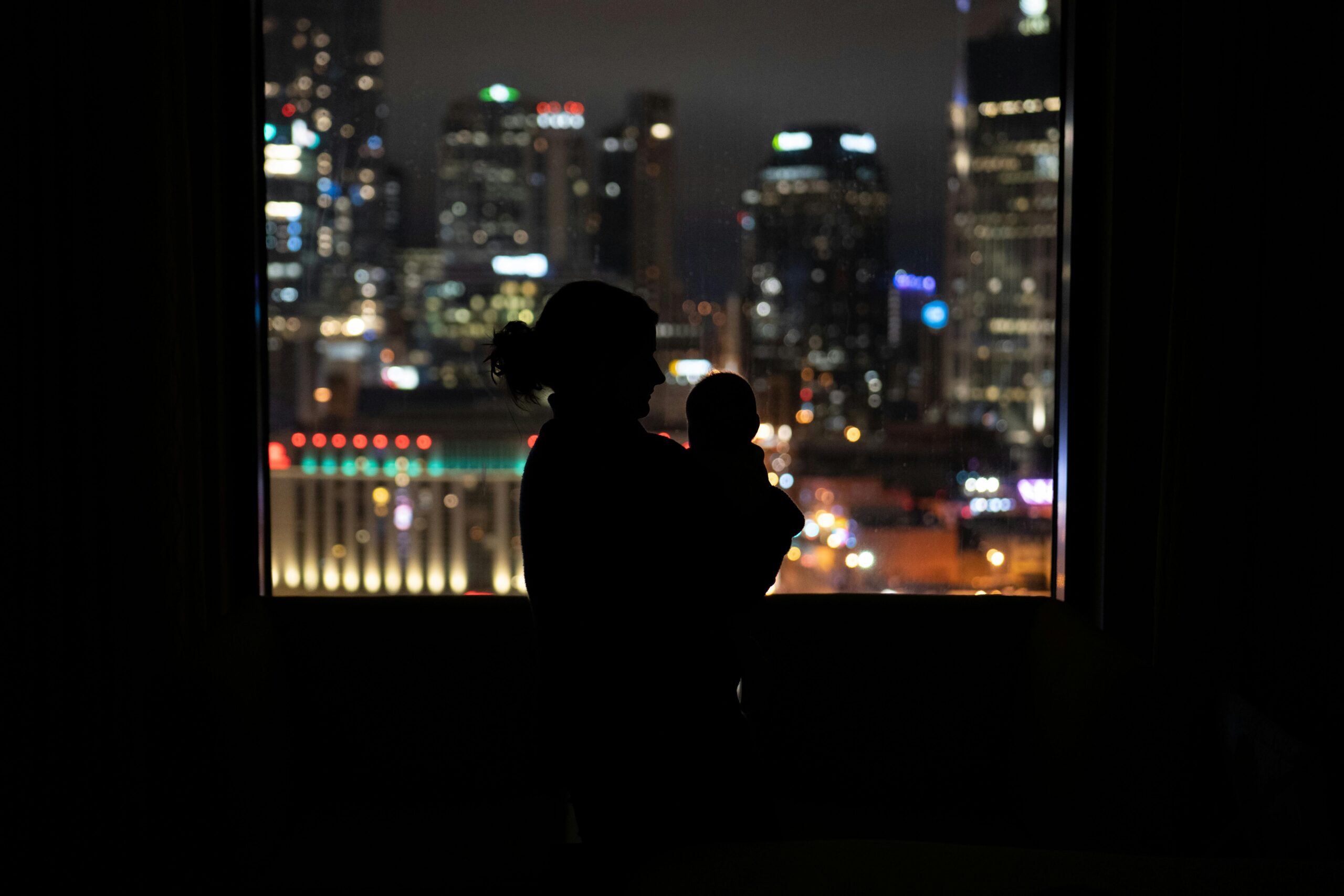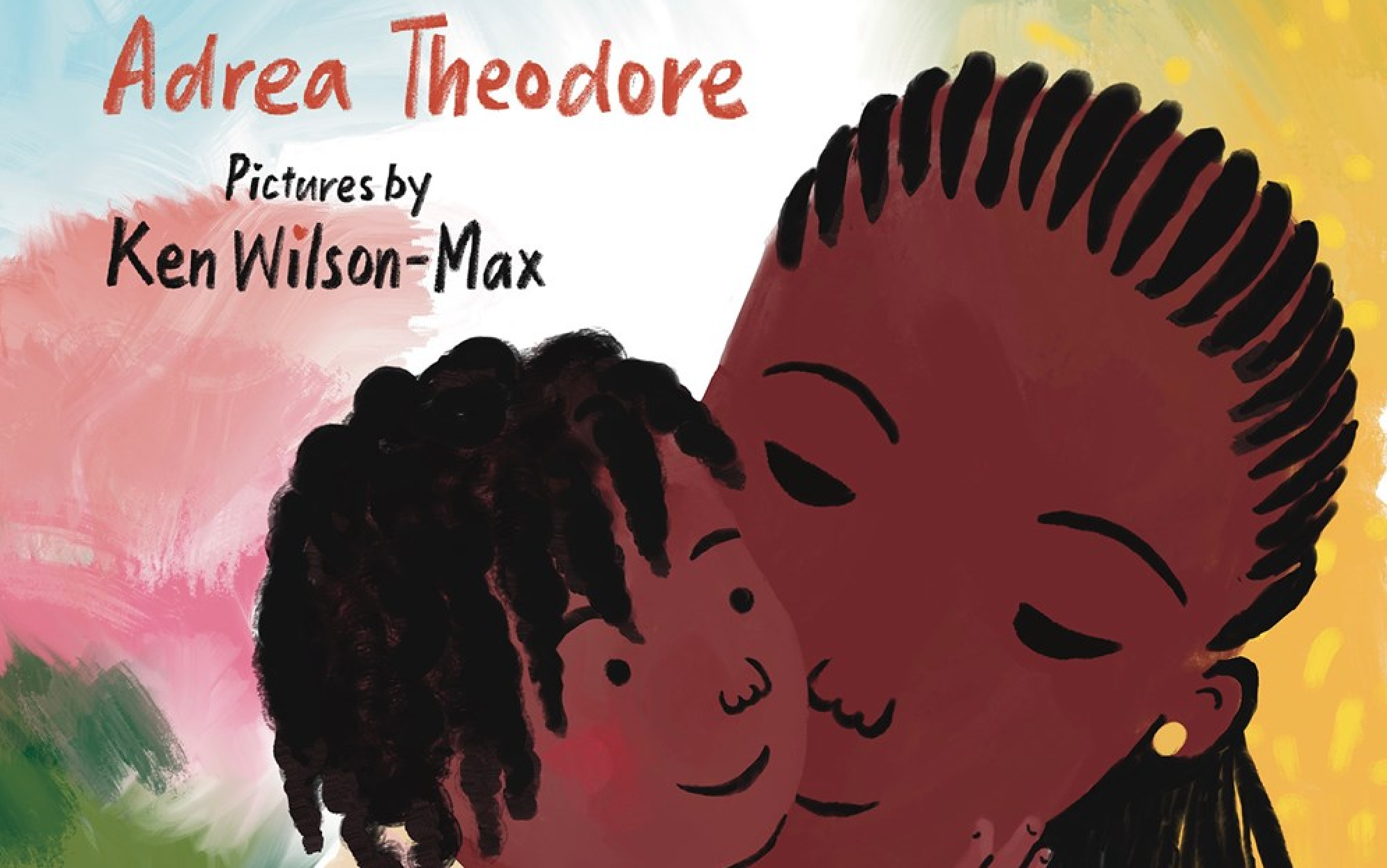
Reading has proven to be extremely important to a child’s development. They are more likely to engage if they come across a character or story that reflects their life, culture, or background.
On May 25th, 2020, the world was shocked by the killing of George Floyd. The reverberations of this shocking incident saw books about race become bestsellers and the reverberations were also felt in the children’s literature market with 2020 being the first year ever with more Black characters than white characters in children’s best sellers.
However, in 2022, we are seeing a startling, politically-motivated backlash to the growing impact of the Black Lives Matter movement, which is certainly being amplified in February given it is Black History Month. Numerous schools across the United States are seeing books being banned from the syllabus, books that particularly focus on historical events where racism was at the core. Books about the holocaust, and books that examine America’s history of slavery and segregation are being tossed out of libraries, and in some extreme cases, burned on video. It’s an eery sight to witness on social media and in the news, reminiscent of what happened during the Holocaust which is ironic, given that this is a topic that is sadly being erased.
The positive from all of this is the way social media has amplified these stories, and enabled authors of banned books to see a rise in sales, as people around the country are collectively understanding that long-term damage to culture when we see books being banned.
So what is the long-term damage, and who is missing out when books are banned? Ultimately it is the younger generation, which is why representation of diverse characters in the books they read is pivotal.
In a recent interview we published with teacher and author Lisa Stringfellow, whose debut middle grade novel features a protagonist of color, explains her firsthand knowledge fo the importance of diverse characters in the books kids read.
“Absence sends as powerful a message as presence. Not seeing yourself in books, especially as a protagonist who is off having amazing adventures, can make a child feel that those types of stories are not for them,” she said.
A new study shows a decrease in the presence of Black characters in bestselling books, which should be a wake-up call for us all to take stock of what is happening, and perhaps even speak out when we can.
For this report, WordsRated has analyzed 1,511 children’s bestsellers published between 2012 and 2021 to understand the diversity landscape of children’s literature and how this has evolved over time.
It appears, that in 2021, the momentum quickly faded and it leaves us asking what can be done to ensure children are able to read books that reflect their lives and inform their sense of self.
Key Findings:
- Between 2020 and 2021, the percentage of Black characters in children’s best sellers decreased by 23%
- In 2020, there were more Black characters than white characters in children’s best sellers for the first time ever
- There was also a 31% decrease in the percentage of children’s bestsellers written by Black authors from 2020 to 2021
- From 2020 to 2021 there was the largest increase (+17%) in the percentage of bestsellers written by white authors over the last 10 years
- There are still 3.5 children’s bestsellers by a white author for every children’s bestseller for a Black author
- Bestsellers are significantly more diverse than children’s books as a whole, based on CCBC data:
- Only 12.12% of children’s books are about Black or African characters
- Only 7.64% of children’s books are written by Black or African authors

23% decrease in black main characters
From 2012 to 2020, there was a 306% increase in black main characters on the front cover of children’s bestsellers.
However, come 2021, we have seen a significant backwards with a 23% decrease in the percentage of children’s bestsellers that contain a black main character.
2020 was the first year we have seen black characters outnumber white characters on the front cover of children’s bestsellers. This trend continued in 2021 despite the percentage of black characters falling.
Black male authors and black male characters still underrepresented
Even with the significant increase in the number of black characters we have seen since 2012, there is still significant underrepresentation of black males both as authors of and characters in children’s bestsellers.
In 2021, there were 56% more black female main characters than black male main characters in children’s bestsellers.
BLM bounce has faded leaving us a long way away from a market reflective of society
After a positive period of growth in the diversity of children’s bestsellers, it’s concerning to see such a sharp drop off. Part of this can be explained, but not excused, by the spike in interest after the killing of George Floyd and the increased prominence of the Black Lives Matter movement.
While there was plenty of attention focused on amplifying Black voices in 2020, seeing the alarming trend of book-banning in 2022 shows how much more work we need to do to ensure diversity in children’s books especially. Banning books may make uncomfortable, politically-motivated adults feel satisfied for a moment, but what will history say about those of us who didn’t speak out and work to push back against this dangerous trend?
With the biggest drop in black authors and black characters we have seen in children’s bestsellers, a concerted effort must be made by everyone involved to ensure the hard-earned progress made over the last decade is not lost.
You can take a look at the full research from Wordsrated by clicking HERE.

















